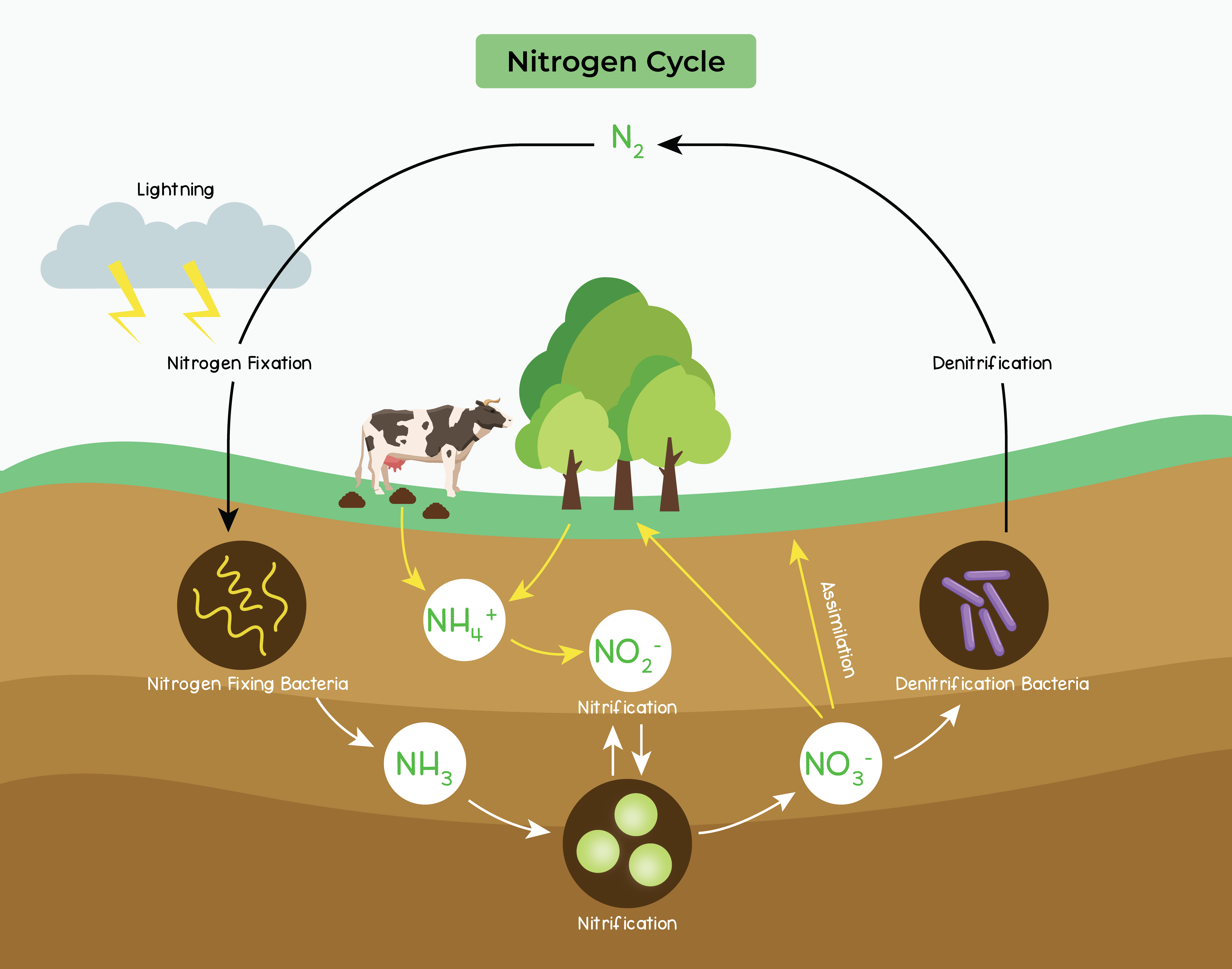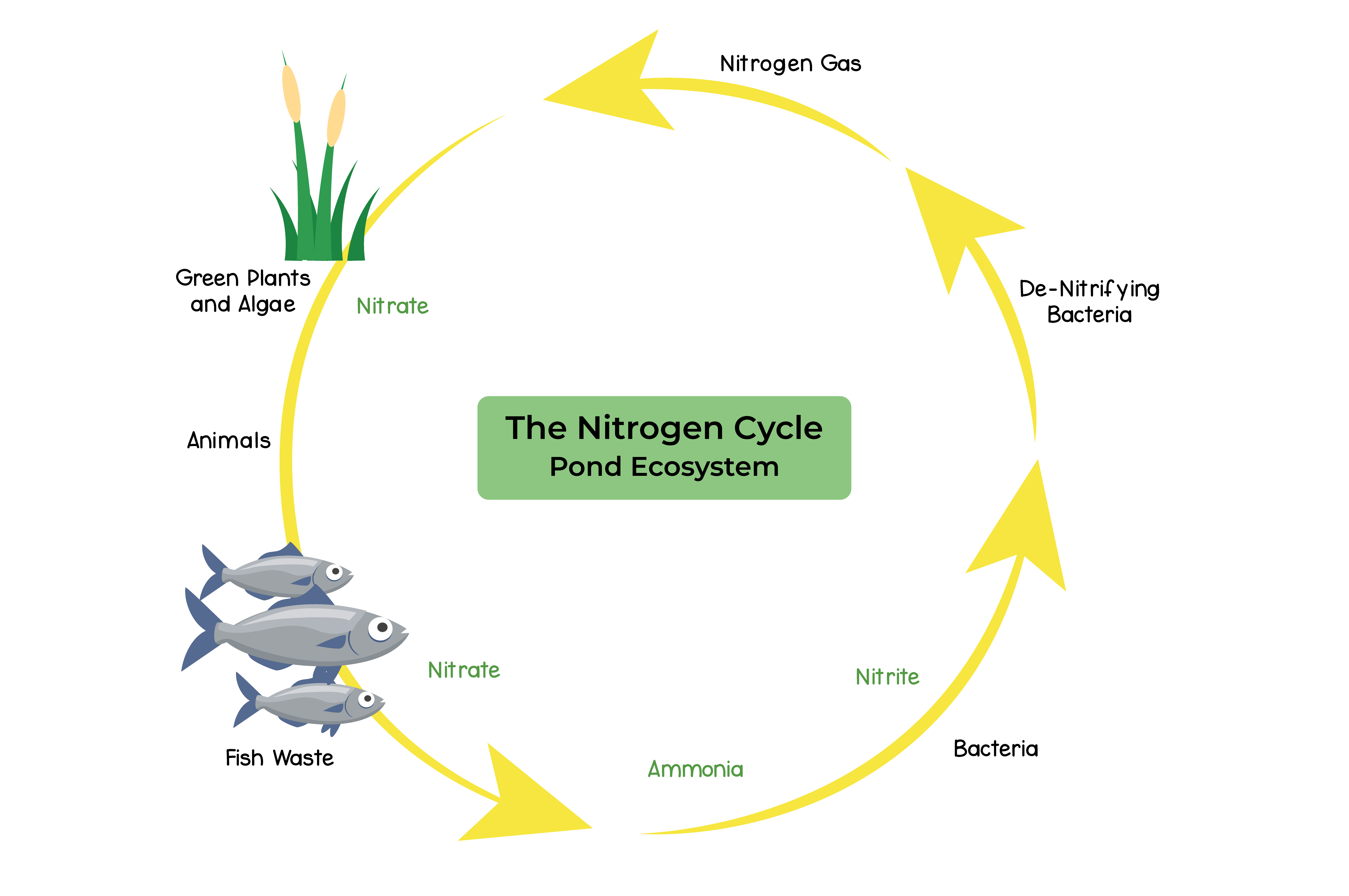REVISION NOTES
IGCSE Edexcel Biology
a
4.3 Cycles within Ecosystems
4.3.1 Describe the stages in the carbon cycle, including respiration, photosynthesis, decomposition and combustion

Finite amounts of carbon exists on this planet thus it is recycled for the growth of new organisms
Respiration:
- CO2 is returned to the atmosphere through respiration of organisms:
- Plants
- Animals
- Decomposers
Photosynthesis:
- Carbon is removed from the atmosphere in the form of CO2 by plants for photosynthesis
Decomposition:
- Decomposers break down dead animals and plants
- CO2 produced is returned to the atmosphere
- In the absence of decomposers, carbon from their bodies cannot be converted
- Under high pressure and over time, these organisms turn into fossil fuels
Combustion:
- Combustion of plants and fossil fuels leads to carbon binding to oxygen
- CO2 is released into the atmosphere
- Increased use of fossil fuels contributes to the increase in CO2 levels
4.3.2B Describe the stages in the nitrogen cycle, including the roles of nitrogen fixing bacteria, decomposers, nitrifying bacteria and denitrifying bacteria (specific names of bacteria are not required)


Nitrogen is required for protein production in plants or animals. It cannot be absorbed from the atmosphere like carbon.
Nitrogen cycle:
- Plants absorb nitrates from the soil
- Used for protein production
- Animals get their nitrates from the consumption of plants or other animals
Nitrogen fixing bacteria:
- Removes nitrogen from the environment and converts it for absorption
- N2 gas converted it into nitrates
- Nitrogen fixing bacteria are found in soil and root nodules of some plants
Lightning:
- Splits the bond between N2 atoms
- Converts them into nitrous oxides
- Nitrous oxides dissolve into rainwater and enter the soil
Decomposers:
- Decomposers break down proteins in plants and animals into ammonium
- Ammonium is returned to the soil
Nitrifying bacteria:
- Waste such as urine or faeces from animals returns the nitrogen into the soil as ammonium
- Plants are unable to absorb ammonium based compounds
- Nitrifying bacteria converts ammonium to nitrites
- Nitrites are converted back into nitrates that are absorbed by plants
Denitrifying bacteria:
- Nitrogen is released back into the environment by denitrifying bacteria
- Found in poorly aerated soil
- Convert nitrate from the soil into N2
- Ploughing and turning soil over helps aerate the soil and prevent this process

